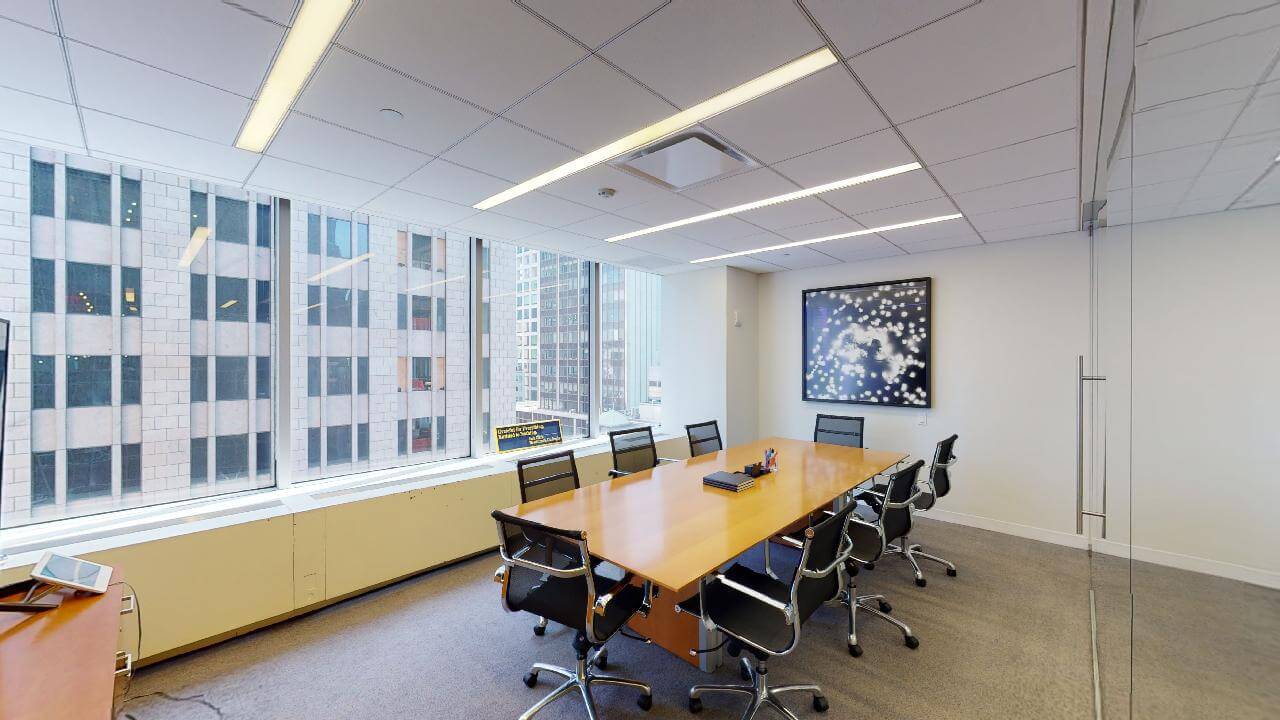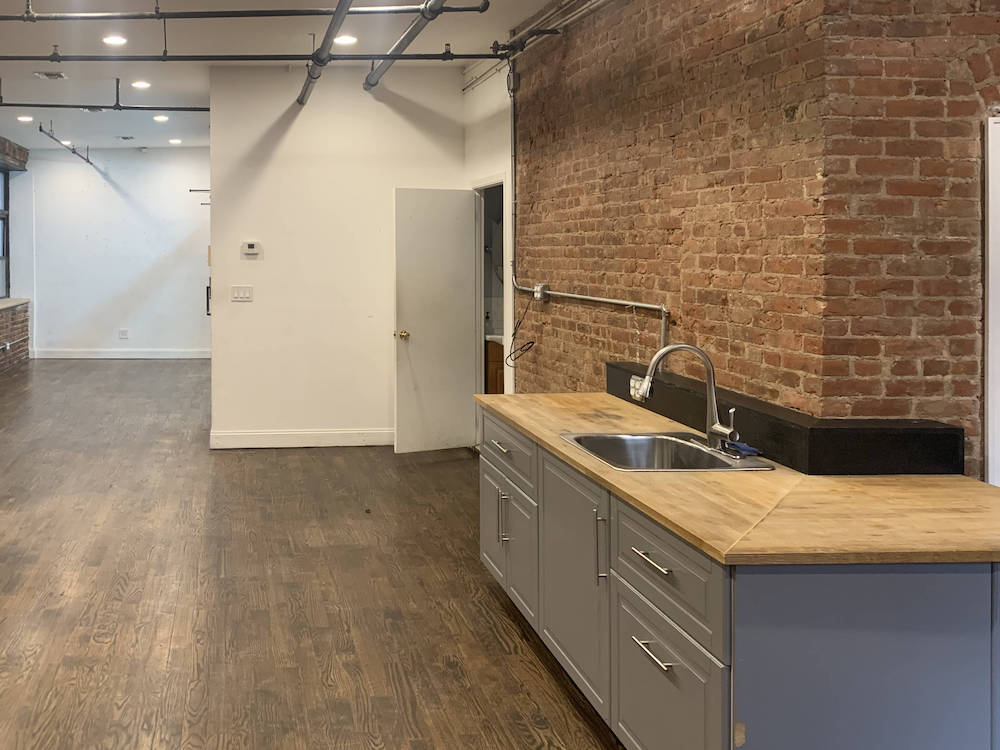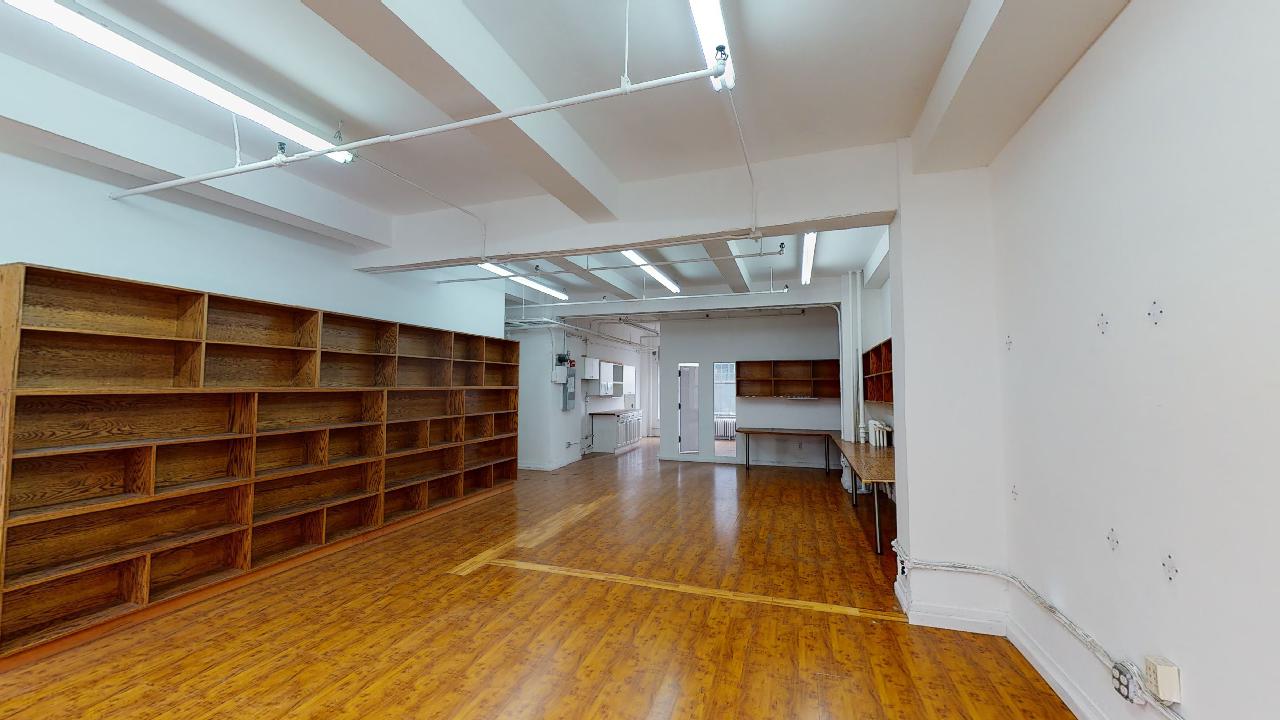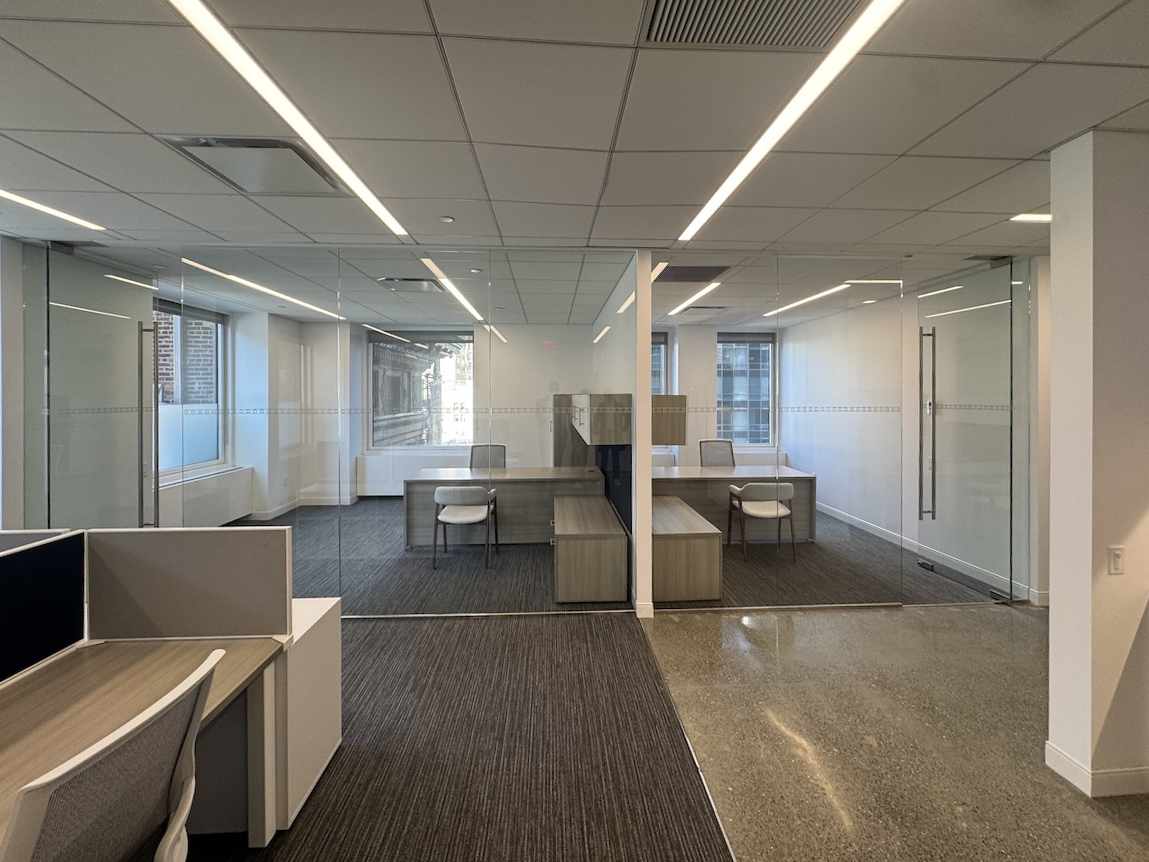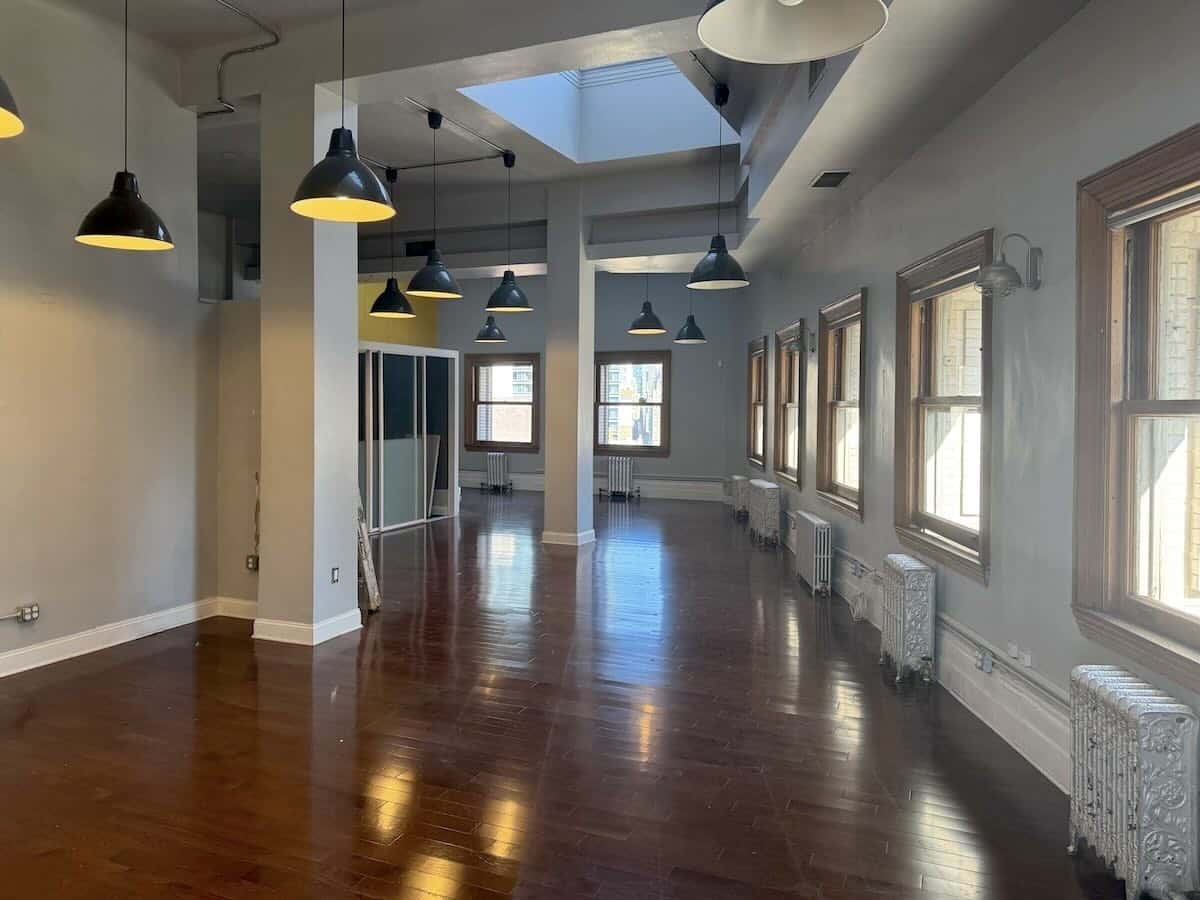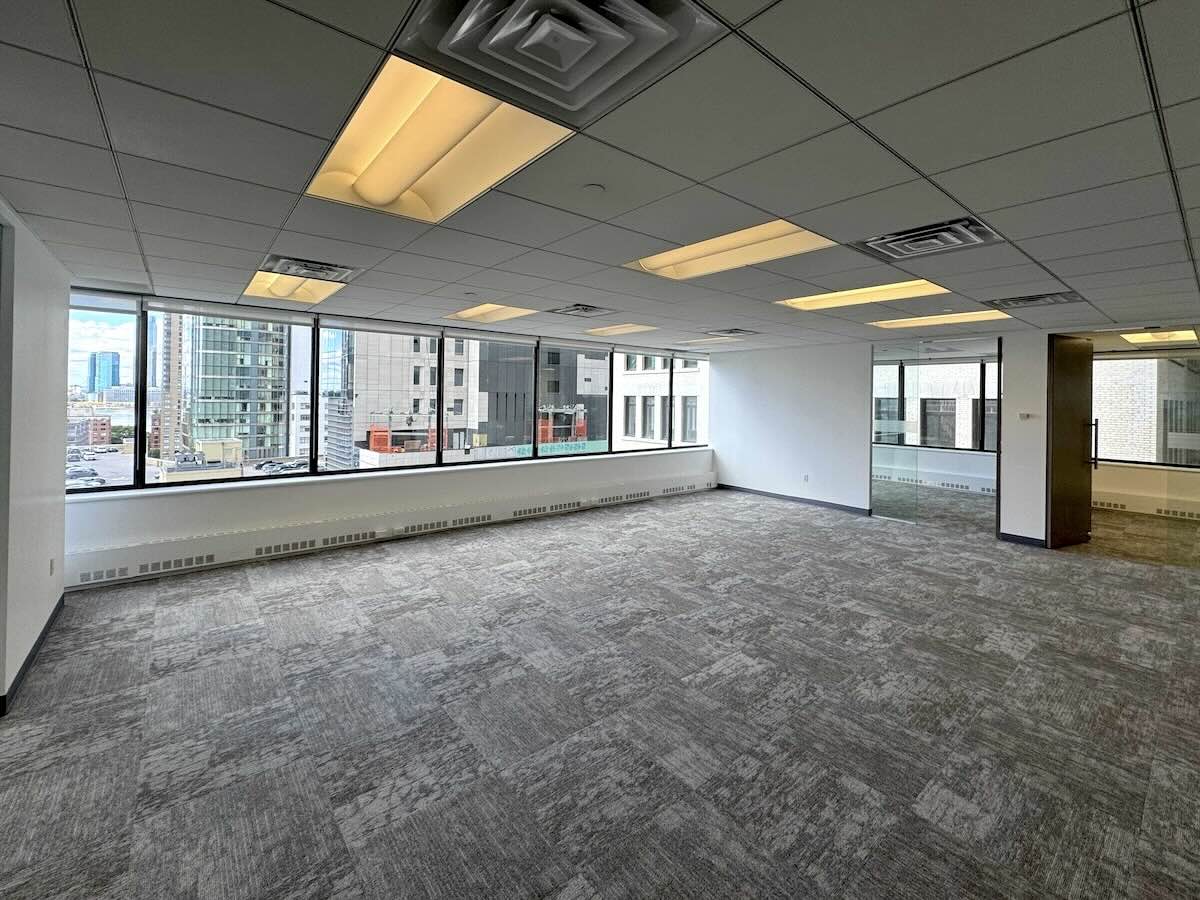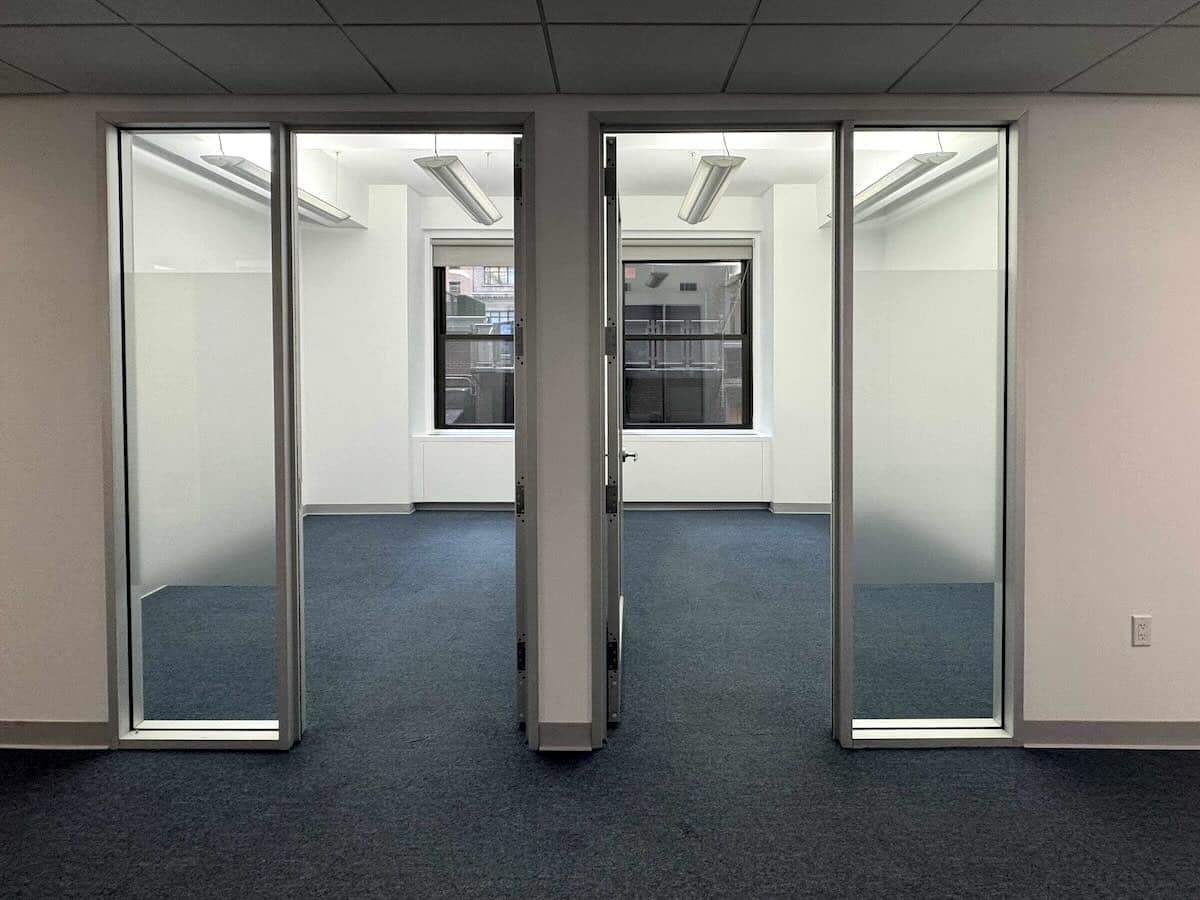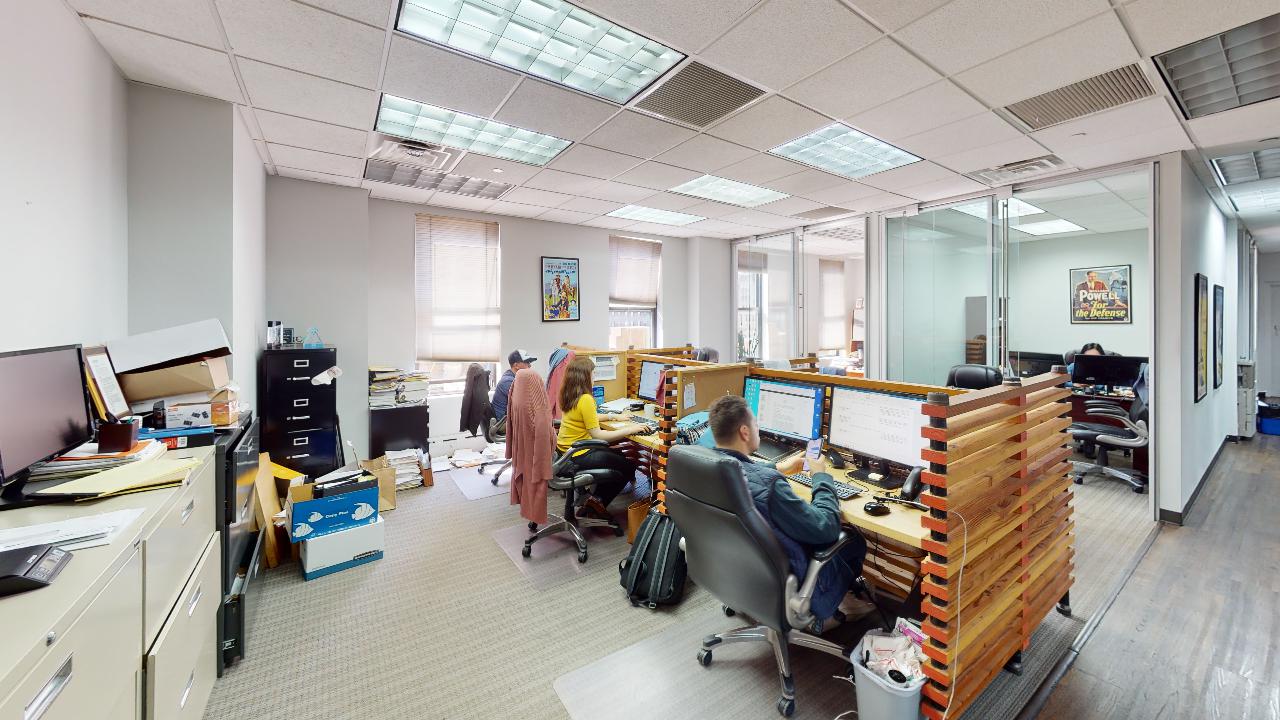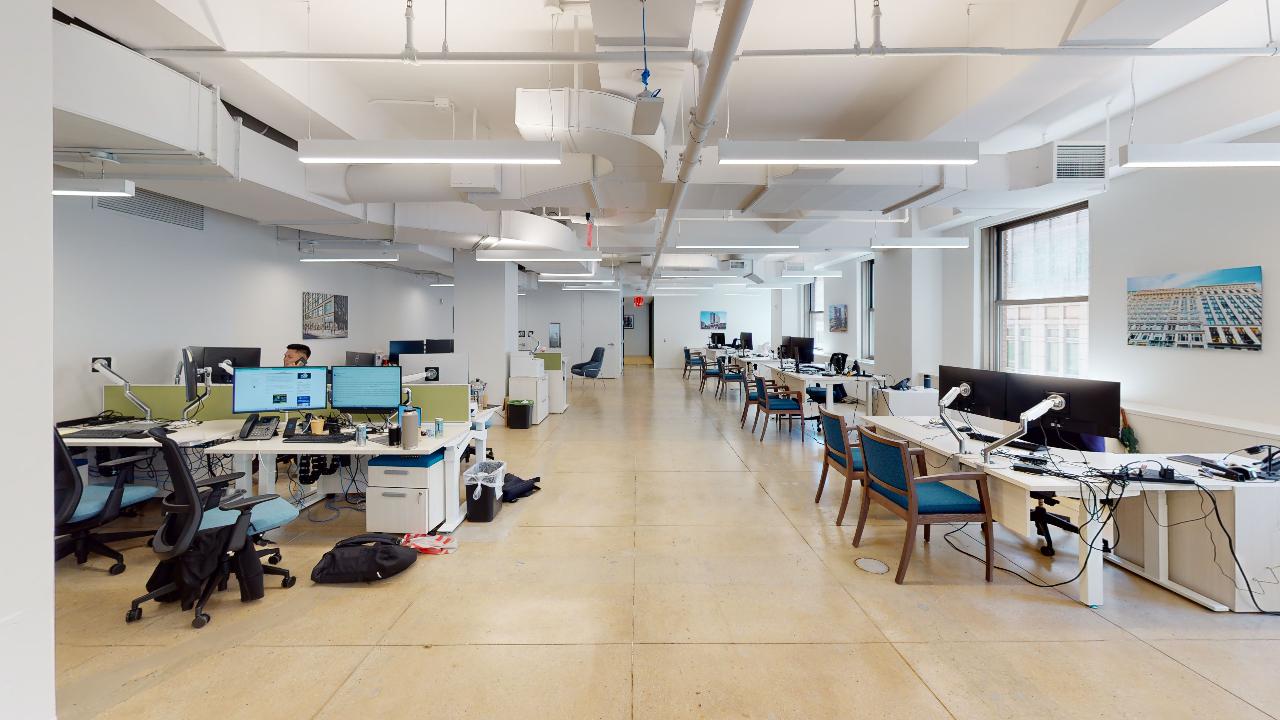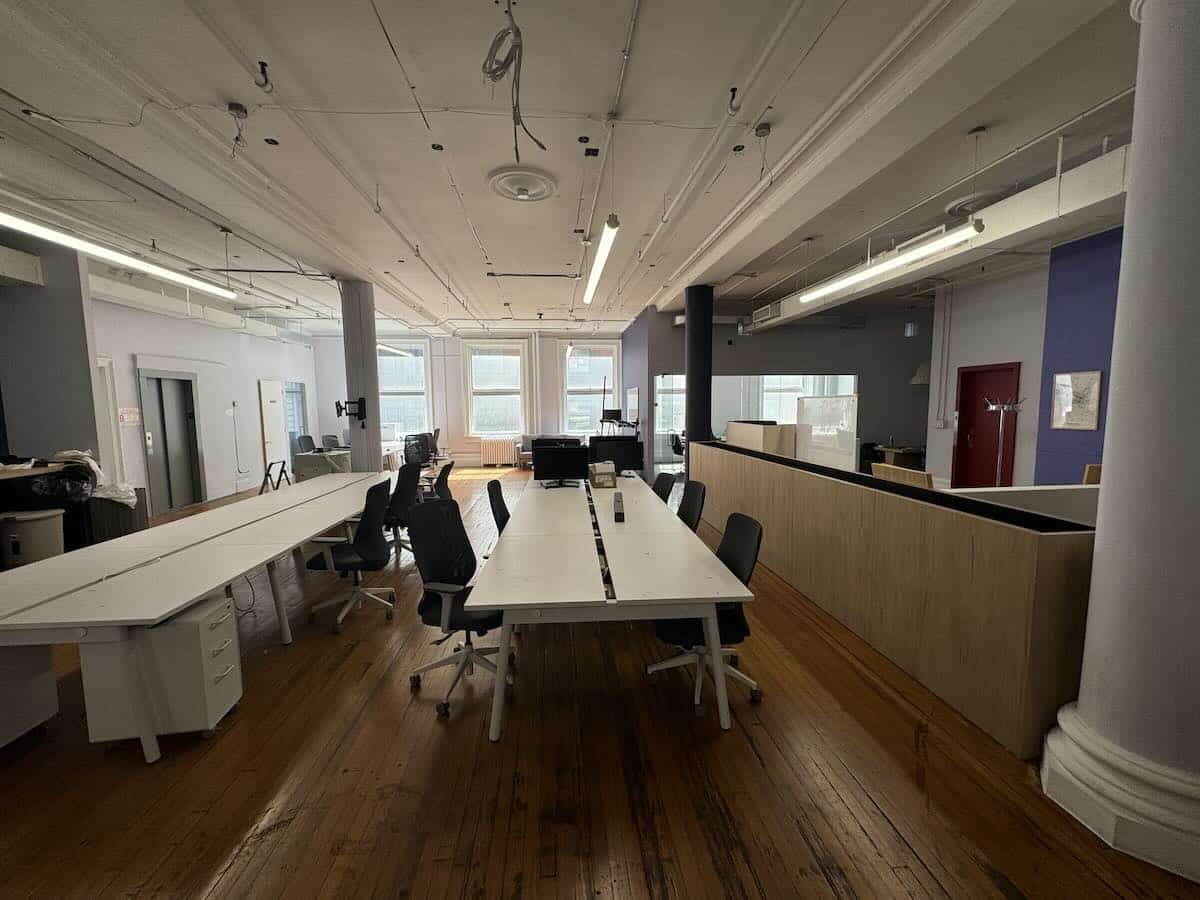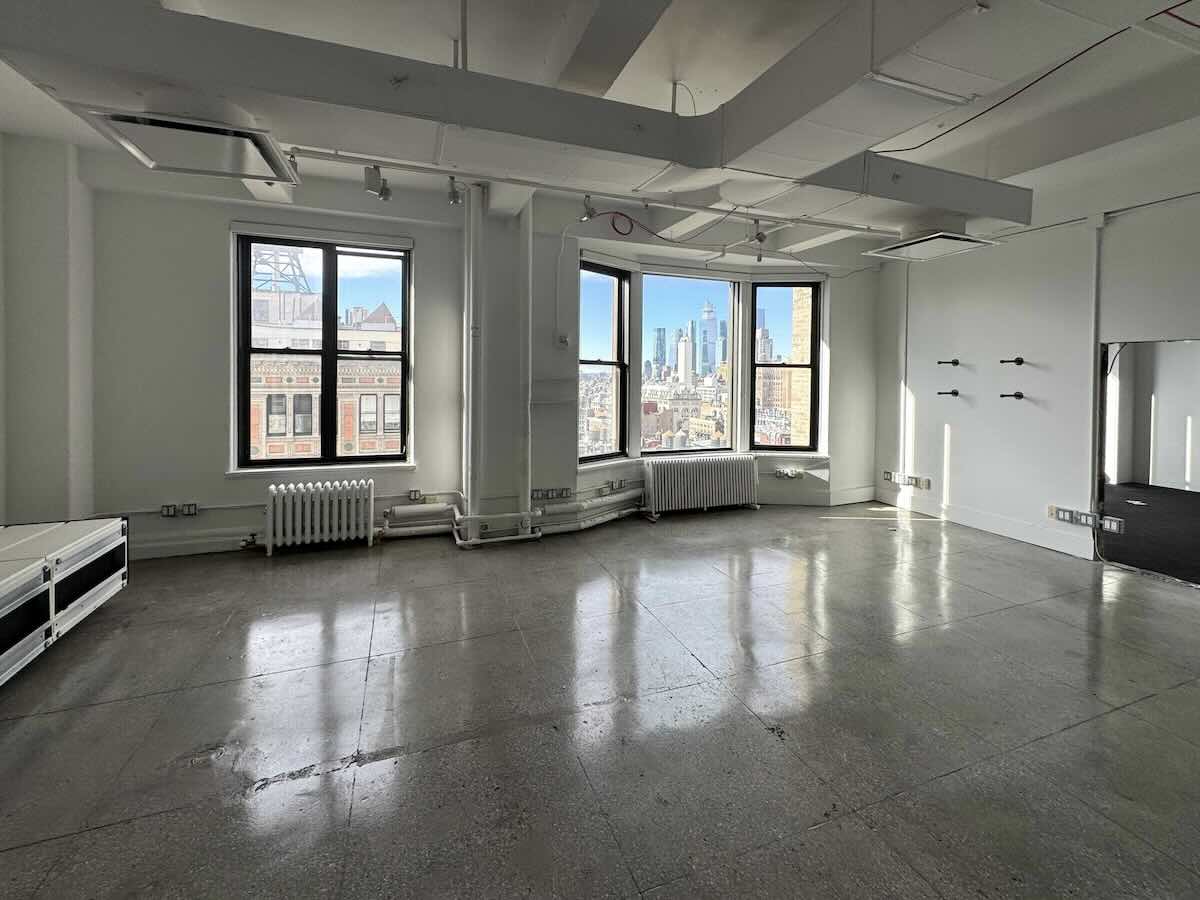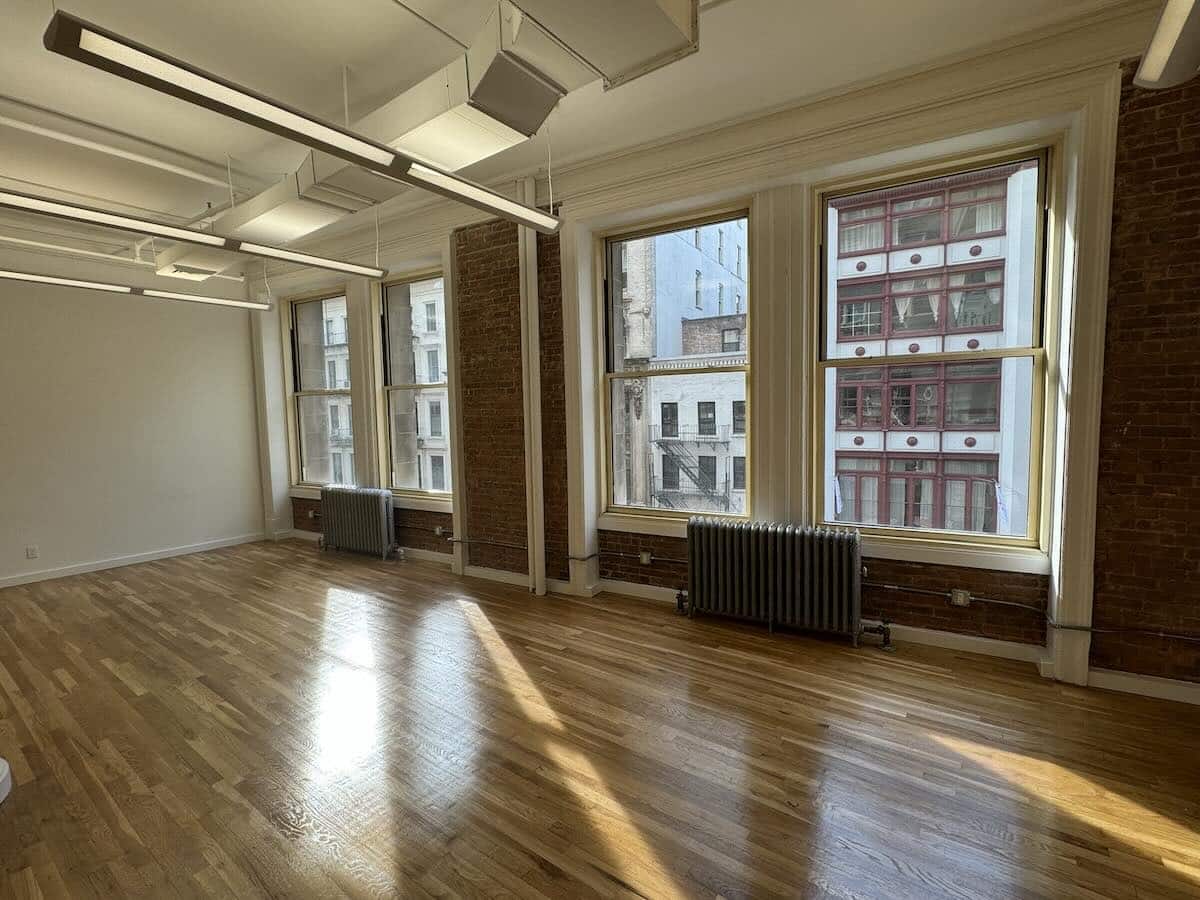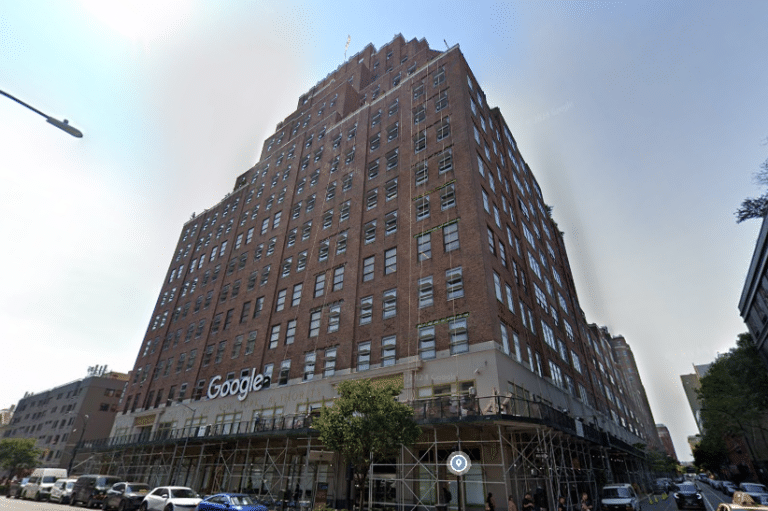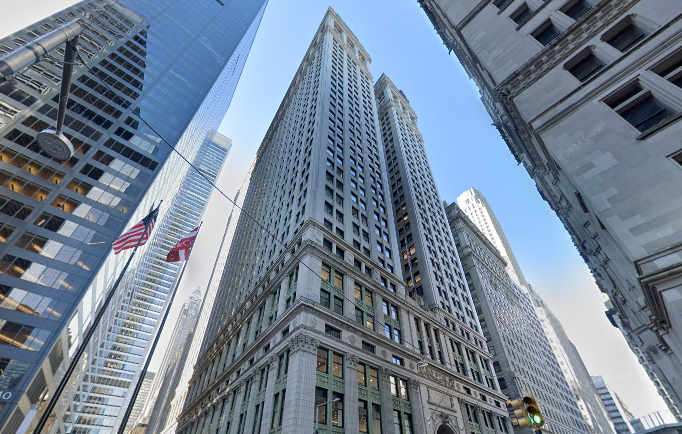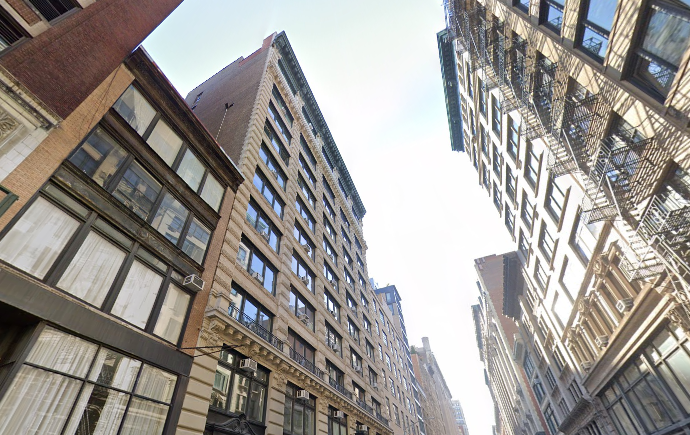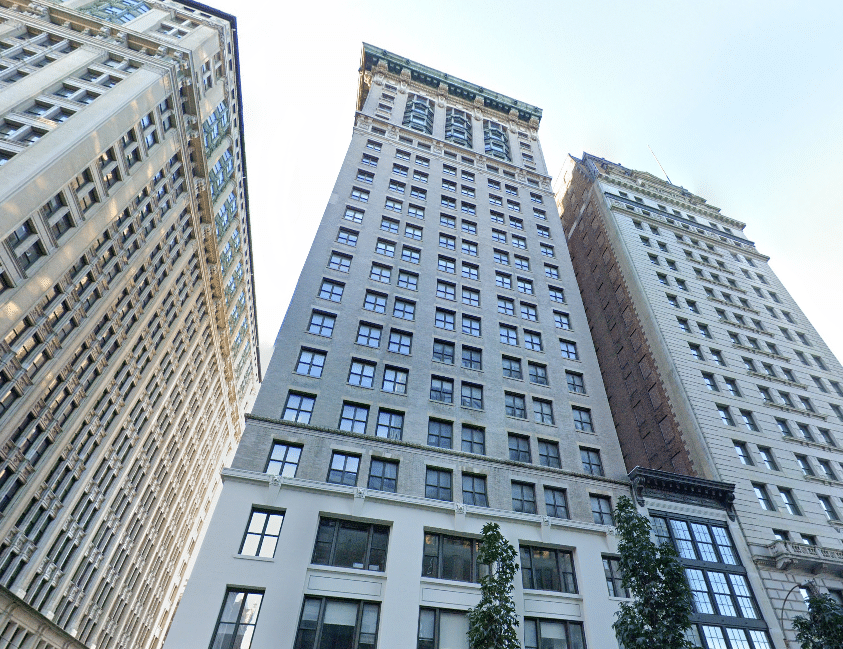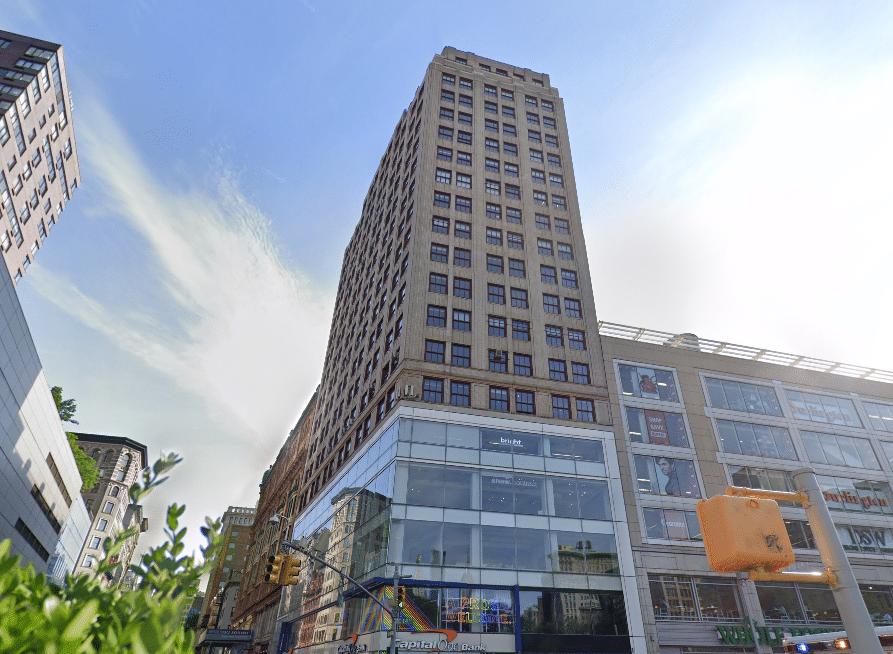Commercial real estate markets throughout the country have undeniable headwinds. However, one submarket that’s remained remarkably resilient is the market for medical office space in NYC.
Landlords find it appealing because it is a commercial real estate sector that’s incredibly recession-resistant. In other words, medical office space is always needed regardless of market conditions.
In addition, it’s an asset class with high occupancy rates, stable tenants, and favorable demographic trends such as an aging population. So it’s no surprise that many office landlords began marketing their office spaces to more healthcare tenants in recent years.
Furthermore, New York City has a lot to offer for healthcare practices looking to establish or expand their presence.
The city boasts a thriving healthcare community and top-rated medical facilities like New York-Presbyterian, Mount Sinai, and Sloan Kettering. Moreover, metro New York City has a diverse patient population of almost 20 million, a highly educated workforce, a strong economy, and a robust transportation infrastructure.
However, one key reason New York City is such a strong market for healthcare practices is its substantial density of high-net-worth individuals with the means to pay out of pocket for all sorts of procedures. Healthcare is a business, after all.
Yet beyond wealthy individuals, New York City has many office buildings with corporate employees with first-rate insurance plans that will reimburse the physician rather than low value exchange plans.
Curious about how and where to start your search for medical office space in NYC? We put together a step-by-step guide to help you find and lease the perfect space for you and your practice.
Address Unique Needs
There are several universal questions commercial tenants in New York City must ask before looking for space to lease.
However, depending on their specialty, medical tenants have more particular needs, questions to answer, and considerations.
For one, determining square footage goes well beyond employee headcounts. Medical tenants must also consider practice size, the number of exam rooms, treatment rooms, and ample space for necessary medical equipment. They may need procedure rooms or recovery rooms if they are surgeons. They may need soundproof treatment rooms to ensure confidentiality if they are psychiatrists. If they are dentists, they will need plumbing and waste lines for every operation. An orthopedic surgeon with an older patient base may need space that’s Federal American Disabilities Act (ADA) compliant and accessible for patients with limited mobility.
Utilities are also a critical requirement for medical tenants performing medical procedures. Medical offices often require robust electrical infrastructure to power medical equipment and backup/emergency generators. If there’s no backup generator in the building, it is sometimes necessary to install a backup power generator or battery.
Additionally, particular infrastructure to accommodate plumbing in consultation rooms, patient rooms, bathrooms, operating rooms, laboratories, and so on is essential. Finally, abundant natural light is crucial for certain practitioners like psychiatrists, psychologists, and social workers, who almost always need to lease windowed offices.
Healthcare practices need a different set of amenities than a financial services firm in a trophy building.
For instance, outdoor space, shared conference rooms, and bike rooms are less critical to healthcare providers than for office uses.
On the other hand, an attended lobby, lobby security, nearby public transportation, high-end HVAC systems, and ADA-compliant entrances, corridors, and bathrooms will be critical.
Understanding the building classification system is imperative to find a building with relevant features.
Location, Location, Location!!!!
The most important thing you should factor in for your medical office search is the neighborhood you choose to lease. You want to rent space that’s easily accessible for your clients and close to your patient base. That means proximity to transportation and parking. Walkability and heavy foot traffic are also paramount, as well as convenience to hospitals and other medical facilities.
The success of your practice hinges on the neighborhood and location you lease.
Do the neighborhood demographics favor a medical practice? Is the patient population insured with plans that will provide reimbursements? Who are your competitors in the neighborhood”?
Most private practice physicians are affiliated with hospitals, so they want to locate their offices near the major hospitals.
Sloan Kettering, Mount Sinai, and New York-Presbyterian have facilities in all four submarkets.
Midtown Manhattan offers a variety of buildings that cater to healthcare tenants. In addition, many office buildings will also accept medical tenants depending on their specialty.
Additionally, Lower Manhattan has Beth Israel Deaconess Medical Center and NYU Langone Health.
Uptown’s Upper West Side and Upper East Side neighborhoods may also be two of the best places to rent medical office space in NYC.
The Upper West Side is ideal for professionals looking to rent quality ground-floor medical space to establish their practice and be close to affluent patients. It’s a high-density, high-income, and primarily residential neighborhood.
The Upper East Side is a wealthy neighborhood with some of the best hospitals in the U.S., like New York-Presbyterian, Lenox Hill, Mount Sinai, and the Hospital for Special Surgery. In addition, the area is home to numerous practitioners and multiple medical buildings.
Determine the Best Medical Property Type
In New York City, tenants can lease the following types of medical office properties:
Medical Office Buildings
There are still some purpose-built Medical Office Buildings designed, dedicated, and specialized for healthcare
providers. However, most buildings specializing in healthcare were built as traditional office buildings. Over the past few years, landlords have repurposed an increasing amount of space in these buildings for medical use.
Midtown Manhattan has many, such as 57 West 57th, 120 E 56th, 133 E 58th, and 200 W 57th. Midtown South also has attractive and reasonably priced medical properties around Gramercy Park throughout 3rd Avenue. Other medical office spaces include 30-32 E 20th Street, 115 E 23rd, and W 147 W 15th St.
Downtown also has medical-friendly buildings such as 65 Broadway.
Mixed-Use Buildings
A fair number of office, residential, or retail spaces will entertain medical tenants depending on their specialty. There are plenty of attractive ground floor spaces for medical tenants to lease in these multipurpose buildings in highly desirable neighborhoods like the Upper West Side and Upper East Side. Murray Hill also has a lot of attractive ground-floor inventory. 225 Broadway in City Hall/Tribeca is also an excellent example of a mixed-use building with availability for medical practitioners.
Especially in this market, traditional office buildings, some of which may even be Class A properties, will commonly welcome healthcare tenants. In addition, many luxurious residential buildings with upscale lobbies and concierges also have ground-floor professional space. There is also an abundance of retail space available for healthcare practices.
Leasing ground floor space, while generally more costly, has several advantages. From a marketing perspective, your practice will enjoy enhanced visibility thanks to the foot traffic. Also, patients who are less mobile will have easier access.
However, bear in mind, landlords usually do not build out ground floor space, so you, as the tenant, will be responsible.
Medical Office Condos and Cooperatives
Most businesses in NYC do not purchase their space because they prefer to invest their capital in operating and growing their business. The business environment is also dynamic, companies can expand and contract, and it is challenging to predict the square footage they will require over the long term.
However, many medical practices pursue a different strategy and buy their office space in a condominium or co-op rather than lease. It can make sense to do this due to the longevity of their practices and the relatively constant amount of space they will require over the long term. Moreover, when they retire, they can sell their coop or condo, which can be a lucrative investment.
Plus, due to a sizable high-net-worth population, medical practices can be highly profitable in NYC.
However, a disadvantage of purchasing a space means you will have to build it out. That means hiring an architect and contractors and paying for the improvements to your office.
The Key Takeaway for Medical Office Space in NYC
New York City can be a lucrative market for healthcare practices due to its large population and high-net-worth residents. In addition, the city’s thriving healthcare community, top-rated medical facilities, and favorable demographics make it an attractive market for medical tenants.
Finding the right medical office space in NYC involves considering unique needs, researching submarkets, and determining the best property type for your practice.
Your options are plentiful. You can lease space in medical-exclusive buildings or ground-floor spaces in mixed-use buildings. You may even end up purchasing your medical space in a condo or co-op that you will call home for decades.
The potential for starting or expanding a healthcare practice in New York City is limitless. You just need to know where to start.
Working with a commercial real estate broker with experience in medical office leasing can help you navigate this complex market, find space that works for you, and negotiate favorable business terms such as a maximum tenant improvement allowance, free rent, and lower base rent.


